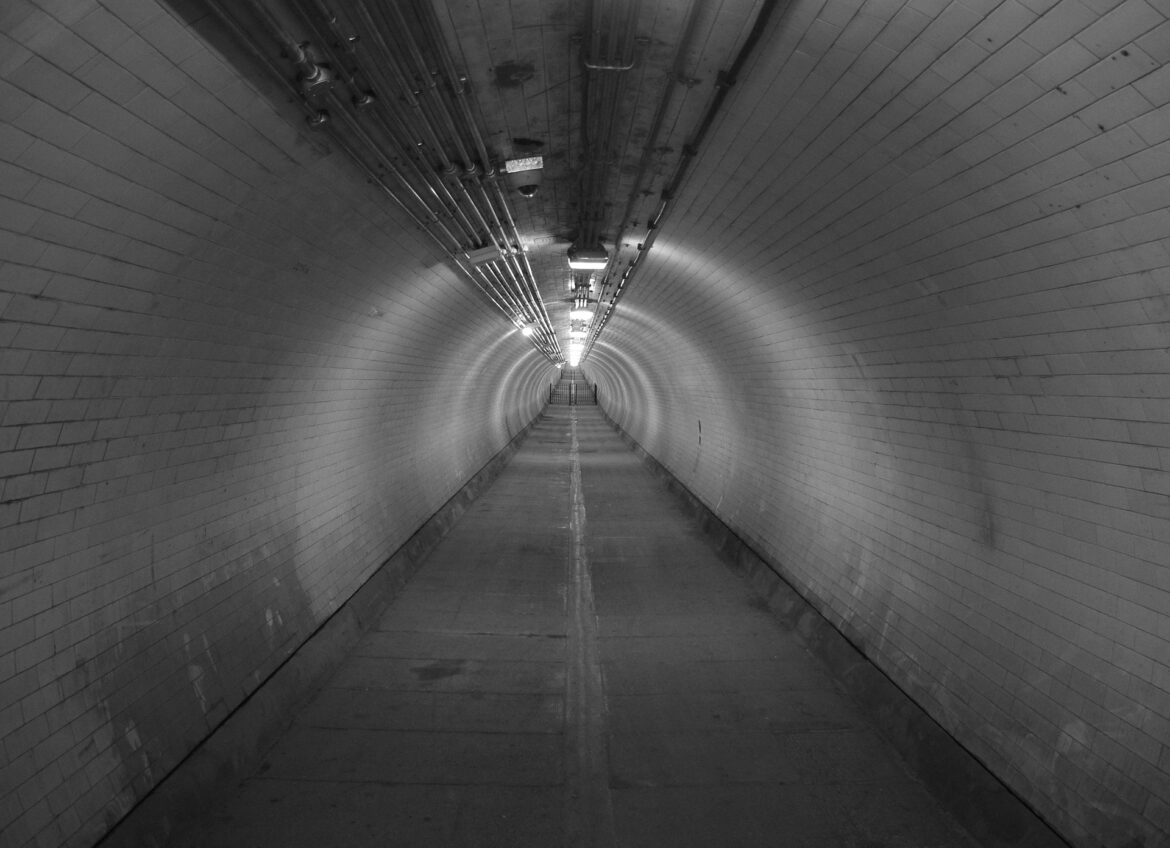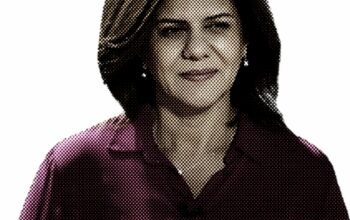Have you ever had the experience of only recognizing relevant information that supports your way of thinking about the world while being distrustful of information that contradicts it? Congratulations, you’ve been a victim of a very particular type of bias! The tendency of people’s brains to seek out and interpret facts in ways that support their prior beliefs, expectations and/or views is known as confirmation bias (1). This unequal approach can hinder us from viewing things objectively, influencing our decisions and possibly resulting in bad and incorrect outcomes. It is therefore critical for people to recognize their vulnerability to this potentially harmful type of bias (2).
The span of confirmation bias is universal. A good example of it happens in clinical practice. When physicians investigate the aetiology of a patient’s condition, they may prioritize evidence that supports their initial position above information that supports an equally plausible alternative diagnosis. Scientists do the same thing when they commit to a hypothesis and then ignore contradictory findings, deciding that the facts, not the hypothesis, are incorrect (1). This is no different from what happens in the media. When it comes to it, there are two dimensions to consider. We’ve been mostly concentrating on the perspective of consumption, but it’s evident that news production is also heavily influenced by journalists who are swayed by their sources, personal framing, and audience. Also, the shift from a polythematic platform, such as a newspaper, to a fractionalized version embodied by social media channels easily accessible through smartphones encouraged people to consume information in small chunks that allow them to get a quick limited overview of the topics or positions they fight for and/or are interested in. These issues become critical when it comes to societies where the decline of social capital, economic inequality, political polarization and increased distrust in science is prevalent. You must be wondering why. Let me give you some examples (3).
During an election season, for example, individuals tend to look for positive information regarding the candidates they best identify with while, at the same time, searching for information that sheds a negative light on opposing candidates. By not seeking out objective facts, interpreting information in a way that only bolsters their existing convictions, and remembering only the details that support these beliefs, people often miss important electoral information contributing to an unhealthy political polarization (2). The same happens with social issues such as racism and sexism. Far-right supporters are so intertwined in their bias that it impedes them to process information that goes against what they already think is true, making it all but impossible to change their own minds, which ultimately contributes to the marginalization of minorities in society (4). It is also no different in science. The increase of people’s reluctance towards vaccination in the 21st century, where the availability of high-quality scientific information is almost unlimited, can be explained by confirmation bias. To overcome this bias, it is compulsory to rationally address all available viewpoints but, unfortunately, personalised internet search-engine results fueled by biased algorithms and users’ browsing histories, limit the exposure to this myriad of different angles (5). After all this, we might start to question ourselves: where does this bias come from?
Previous studies have recognized both cognitive and social/behavioural perspectives as potential sources of confirmation bias (3). The idyllic combinatory approach is, however, extremely challenging to consider. To gain access to cognitive processes while also understanding the individual’s position in a social network requires a variety of empirical methods that ultimately hinder the possibility of having a model that combines both approaches (3). In that sense, let’s analyse both perspectives individually.
When it comes to studying this topic, the cognitive approach is the most popular. This approach takes into account our comprehension, attitudes, and opinions when consuming news and information but it does not fully account for the effects of the social network. Several cognitive aspects determine our degree of bias. These factors include our opinion of the quality of the material supporting/refuting our position; whether our position is consistent with our own long-term values; our commitment to our position; how recently we were reminded of our position; the reversibility of our position; and our motivation level to support the position (3). On the other hand, the social network perspective strongly considers the individual’s position in the social sphere rather than recognizing its cognitive processes. The social structure in which a person is embedded may support, promote, and nurture its attitudes and ideas, anchoring them in a blind polarized vision of the world. As a result, it’s apparent that we can’t think of people as totally self-contained cognitive entities free of social effects (3).
The term “echo chamber” has been widely used to describe the environments in which an individual might see himself as a result of being a victim of confirmation bias. As it was mentioned before, “echo chambers” are scattered all over the media having the potential to increase social and political polarization and even violent extremism so it’s pivotal that people are able to fight them (6). In that sense, it is critical to creating an inclusive environment that encourages our mental inertia to burst the confirmation bias bubble and consider all available angles by also seeking information that actively contradicts personal preconceived opinions, even if it is extremely difficult for the human brain to do so (6).
Overall, this article acknowledged a global phenomenon motivated both by cognitive processes and social networking that is currently jeopardizing the way people are seeing the world, moving them away from objectivity and impartiality when consuming information. Confirmation bias is the term and it needs to be battled. Let’s work towards it.
Rafael Luis Pereira Santos
References
(1) Ethics Unwrapped, “Ethics Defined (a glossary)”, McCombs School of Business.
(2) “Fake news or real? or how to become media savvy: Confirmation bias”, Bethel College Library.
(3) Ling, R. (2020) “Confirmation Bias in the Era of Mobile News Consumption: The Social and Psychological Dimensions”, Digital Journalism, 8(5).
(4) Stibel J. (2018), “Fake news: How our brains lead us into echo chambers that promote racism and sexism”, USA Today.
(5) Razai M. S., Chaudhry U. A. R., Doerholt K., Bauld L., Majeed A. (2021) “Covid-19 vaccination hesitancy”, BMJ 2021.
(6) Seneca C. (2020), “How to Break Out of Your Social Media Echo Chamber”, WIRED.



